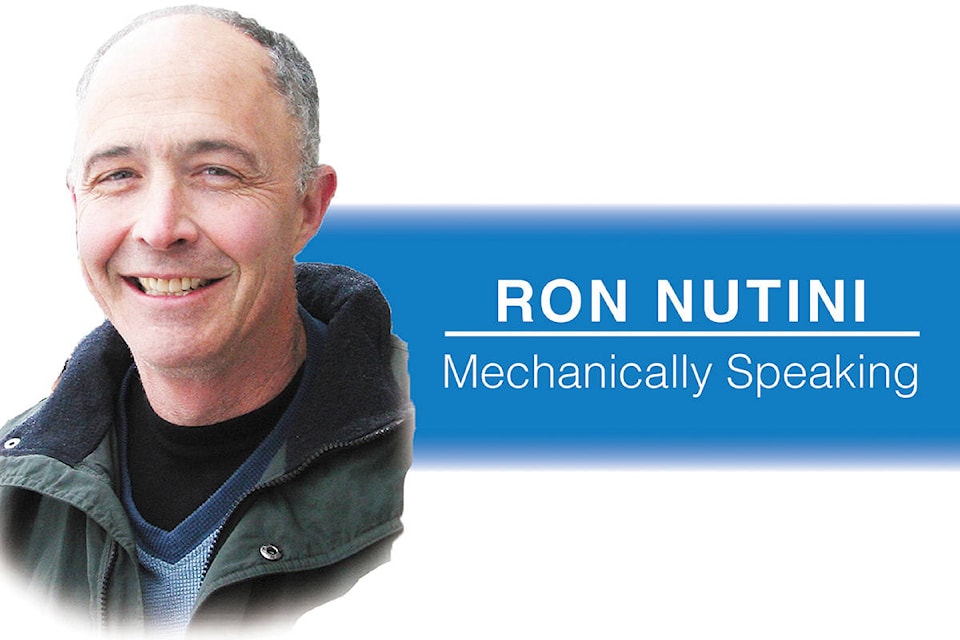We may all know that electrical circuits are a big part of what makes our vehicles so marvelous but it is also the reason many of you don’t even attempt to repair your vehicles on your own. The fear of computers, electronics and electricity in general stops many a tinkerer in his or her tracks so to speak.
Electric cars are coming (actually they are here). Time to brush up on your electricity basics.
So called electrical gremlins are a very typical problem scenario with modern day vehicles. A customer may describe a litany of faults. Wipers don’t work. Various instrument panel warning lights are on. Maybe the vehicle does not even start as well as it should. Cranks over a little slow. The automatic transmission shifts funny. The battery keeps going dead. The list goes on.
When the list of strange behaviors gets long enough and they involve many components that seemingly have no relationship your service advisor or mechanic’s eyes may glaze over. If these faults are at all related it can only be at the source or the sink.
The source and sink is the battery. “But I replaced the battery!” Yep, quite a few tinkerers may replace the battery. If your battery is more than five years old it is worth a shot but it also might be a waste of money. You can have the best battery in the world but if the connections to and from it are not clean and tight the gremlins are going to win.
The source for all electrical components is the positive battery terminal. There will probably be a few wires leaving the positive battery terminal heading in different directions. If you were to follow one of those bigger wires they would soon split out into smaller and smaller wires then to fuses and then to the component that may or may not be working. There are as many branches as components that need battery voltage to operate.
The sink or negative battery terminal is the other super important connection in your vehicle. No less important than the positive one. Again it has to be clean, shiny and tight. Follow the wire from the negative terminal and it likely does not go very far. It will simply be bolted to a metal part of the vehicle.
That bolt into the body completes the electrical loop for the electric components to operate the way the were designed. The metal body of the vehicle is used as the path back to the battery. Unlike the positive side there is not a bunch of wires that keep branching together all the way to the battery. Each electrical component will in some way be connected to the body (ground) of the vehicle.
These ground connections are many but they are shared with multiple components. Only a good wiring diagram will show which components use which grounds. When the connection of a ground point to the body is broken, rusty or dirty gremlins will arise. Electricity will work hard to get from source to sink and it will take the path of least resistance. When the path of least resistance is backwards through another electrical component weird things will happen.
Trail’s Ron Nutini is a licensed automotive technician and graduate of mechanical engineering from UBC. E-mail: nutechauto@telus.net
